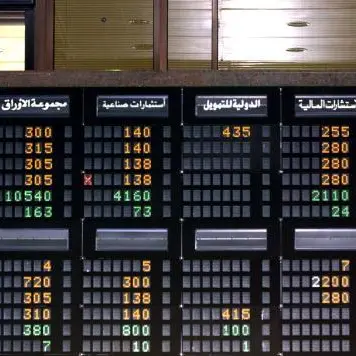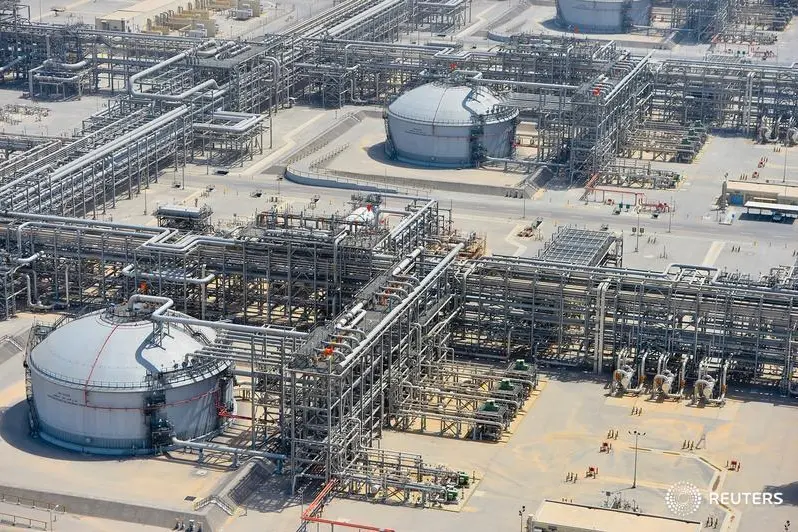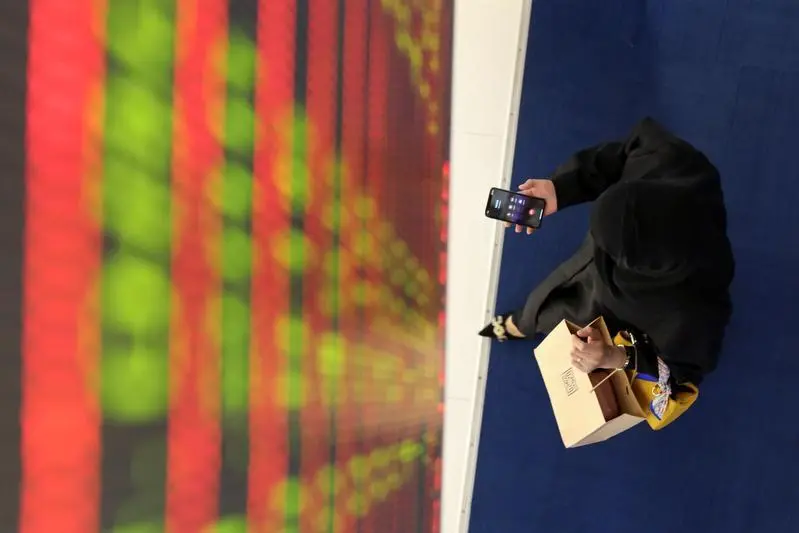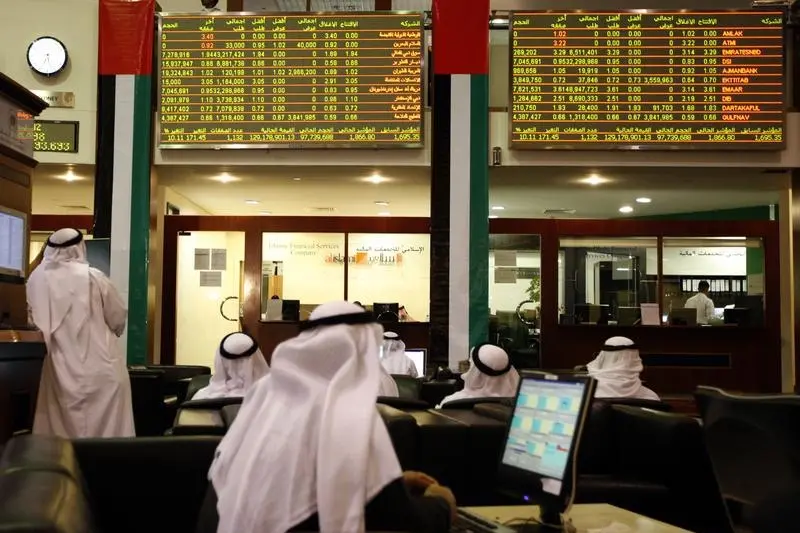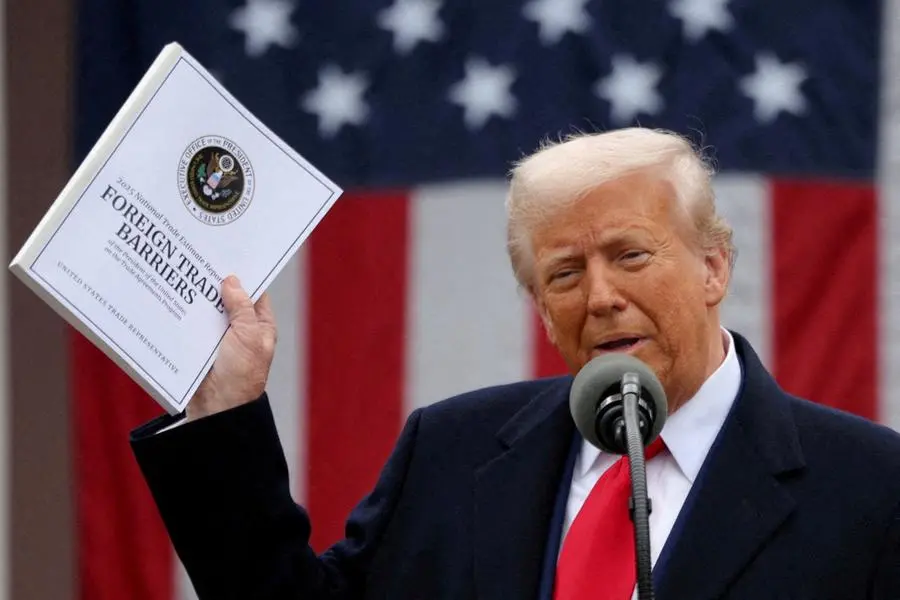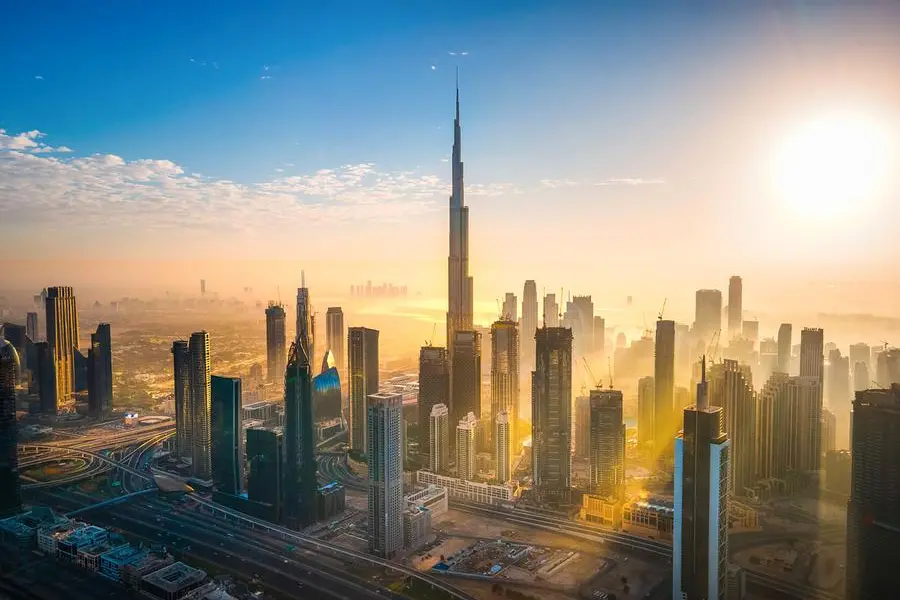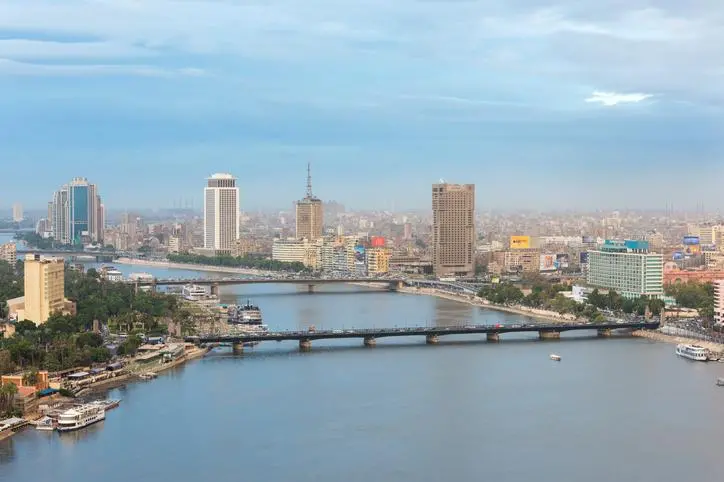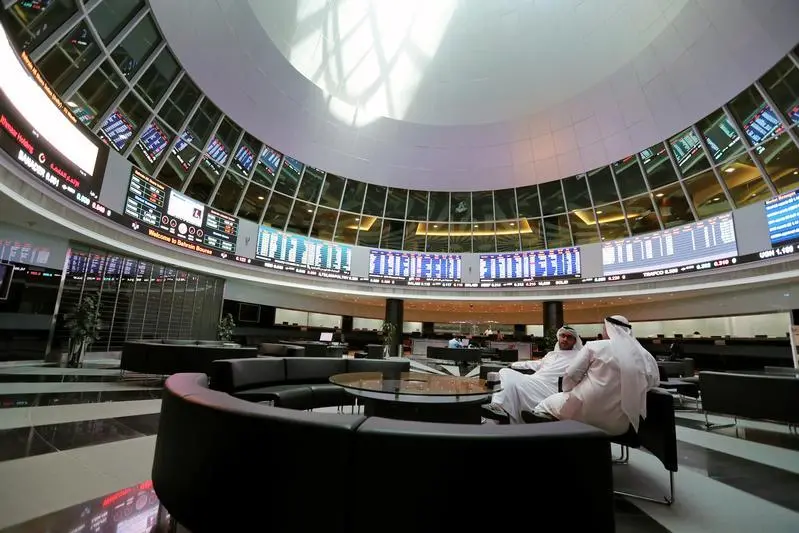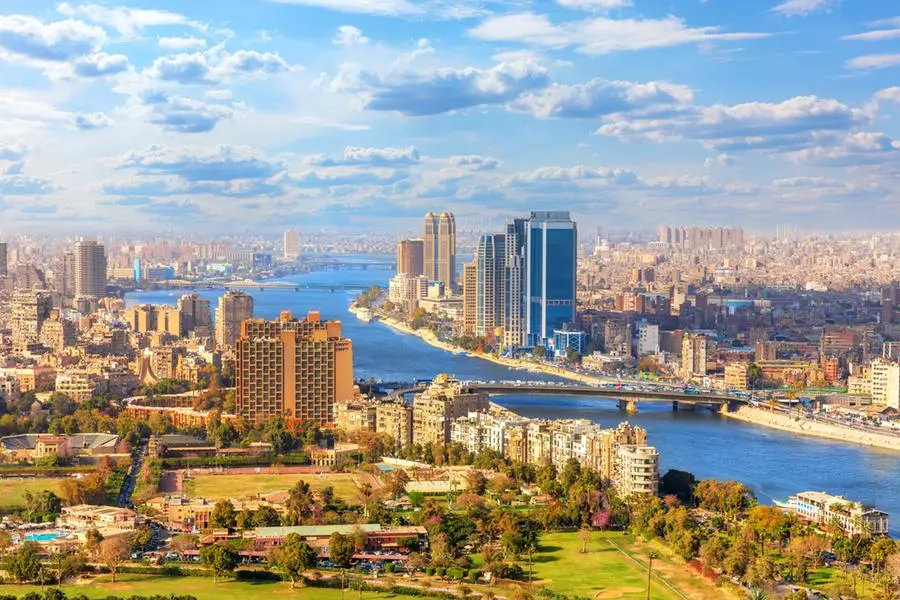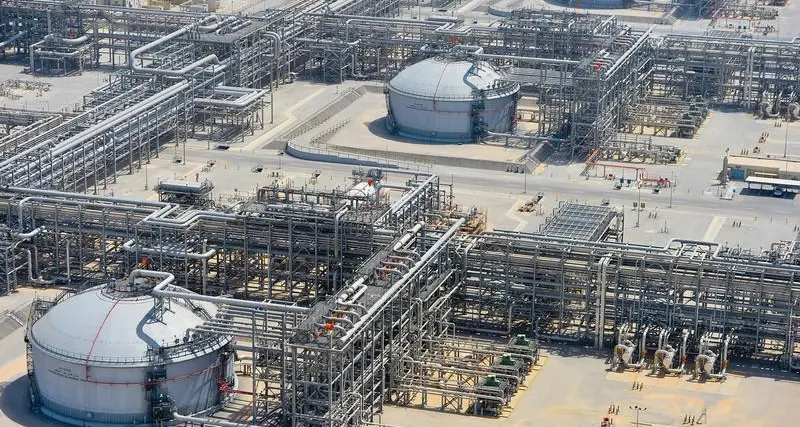- New KAPSARC study: Saudi Arabia’s GDP on course to become 60% more resilient to shocks by 2030 as a result of the new reforms brought about by Vision 2030 to diversify the economy.
- Saudi household spending will be 40% less volatile than before the launch of Vision 2030.
- This increase in economic resilience is critical to the Saudi economy, which has historically been heavily influenced by global oil prices.
Riyadh: Saudi Arabia’s economy, measured by total gross domestic product (GDP), is estimated to become 60% more resilient to oil price shocks by 2030, according to a new study by the King Abdullah Petroleum Studies and Research Center (KAPSARC). Vision 2030’s economic reforms will make Saudi households’ consumption 40% less volatile, stabilize economic activity, employment levels and household income, improving the overall well-being of households in the long-term.
The study, “Resilience of Saudi Arabia’s Economy to Shocks: Effects of Economic Reforms,” employs a KAPSARC model that mimics the economy's response to external shocks. It uses economic data - GDP, investment, and household income - before and after the implementation of Vision 2030’s economic reforms are completed, such as diversifying the economy away from oil. Ultimately, when simulating economic response, the lower it is to external shocks, the more resilient the economy is.
“As expected for the world’s largest oil exporter, oil price shocks are a major source of macroeconomic fluctuations. Ending this vulnerability is the core of Vision 2030, as the Kingdom aims to diversify its economy,” explained Dr. Axel Pierru, KAPSARC’s Energy Macro & Microeconomics Program Director.
Dr. Hossa Almutairi, a co-author of the study, highlighted that “resilience to external shocks results in more stable economic activity, which is highly beneficial to businesses and households.”
Saudi Arabia's oil reserves will remain an important source of revenue for the country in the long term. The Kingdom will increase its oil production capacity by one million barrels per day in the coming years. At the same time, the transformation of the Saudi economy will continue, leveraging the reforms implemented since 2016 to improve business environment and boost the private sector. Saudi Arabia is now ranked 24th based on the IMD global competitiveness indicator.
In this new, enabled environment, economic diversification has already started taking off. Since 2015, the number of industrial facilities in the Kingdom has already increased by almost half, and the services sector has expanded by one-tenth. A report released in August by the International Monetary Fund (IMF) projects Saudi GDP growth of 7.6% this year, overtaking India to become the world’s fastest growing economy.
Before the implementation of the Vision, Saudi Arabia's economic growth and government spending were closely linked to oil prices. This meant the Saudi economy was historically less stable than more developed and diversified economies. This had expensive repercussions for Saudi households and businesses.
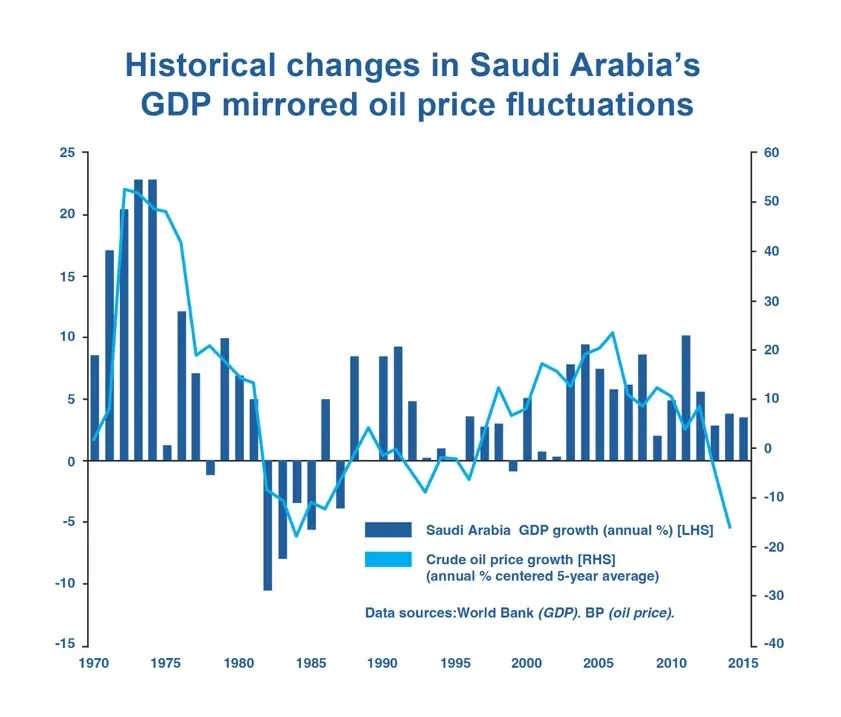

The figure shows how the ups and downs in Saudi GDP growth mirrored the price fluctuation of oil - one of the world’s most volatile commodities.
Historically, the Kingdom protected the domestic economy from oil price swings by acting within OPEC to stabilize the oil market. It also used its deposits and reserves at the Saudi Central Bank as a buffer to separate government spending from oil revenue fluctuations. However, the increased resilience brought by Vision 2030 is a game changer since it brings structural reforms that decouple the economy from the vagaries of the oil price.
KAPSARC President Fahad Alajlan explained that, ''as we witnessed during the Covid pandemic, resilience is critical to any economy to withstand major shocks. The Saudi Vision has increased the resilience of the economy and as we get closer to 2030, we expect it to be even more resilient as more reforms are implemented. This will smooth the economic cycle of the Kingdom benefiting government, businesses and households over the medium- and long-term outlook.''
The study was co-authored by Hossa Almutairi, Marzio Galeotti, Baltasar Manzano, and Axel Pierru.
-Ends-
For further press inquiries, please contact:
King Abdullah Petroleum Studies and Research Center (KAPSARC)
Loubaba Zantout
Email: Loubaba.zantout@kapsarc.org
Twitter: @KAPSARC
Website: www.kapsarc.org






